fact

The Quest of the Folk: Antimodernism and Cultural Selection in Twentieth-Century Nova Scotia
In Ian McKay's book about Nova Scotia, The Quest of the Folk: Antimodernism and Cultural Selection in Twentieth-Century Nova Scotia (McGill-Queen's), post-modern theory collides head-on with Canadian social history, leaving sacred cows splattered all

The Pleasure of the Crown: Anthropology, Law and First Nations
The Pleasure of the Crown: Anthropology, Law and First Nations by Dara Culhane (Talonbooks) is the book for anyone who wants to understand the Delga-muukw decision—how it happened, what it means and why the Supreme Court ruling last December has frea

Iceman
Last month I had lunch with a good friend who years ago had told me that her parents, who immigrated to Canada after the war, were Holocaust survivors. I asked my friend, whose name is Slava, to tell me again about her parents, who had lived in Vilna, the ancient Lituanian city of Europe known for three centuries as the “Jerusalem of the north.”

Re-hanging the National Wallpaper
When I lived in Ottawa in the 1970s, I used to enjoy passing lazy afternoons at the National Gallery looking at the pictures. I remember how surprised I was when I first encountered the Group of Seven collection. These paintings were completely familiar—I’d seen them in schoolbooks and on calendars, posters, t-shirts, everywhere—yet at the same time they were completely unexpected.

Seize the Fire: Heroism, Duty, and the Battle of Trafalgar
October 21, 2005, marked the 200th anniversary of the great naval battle of Trafalgar, an engagement in which Admiral Nelson and the British fleet ended Napoleon’s dream of invading England by crushing the French and Spanish fleets off the southwest
.svg)
Scurvy: How a Surgeon, a Mariner, and a Gentleman Solved the Greatest Medical Mystery of the Age of Sail
Stephen R. Bown’s Scurvy: How a Surgeon, a Mariner, and a Gentleman Solved the Greatest Medical Mystery of the Age of Sail (Thomas Allen) is an excellent account of life and lingering death on the high seas during the age of empires and oceanic voyag













.jpg)





































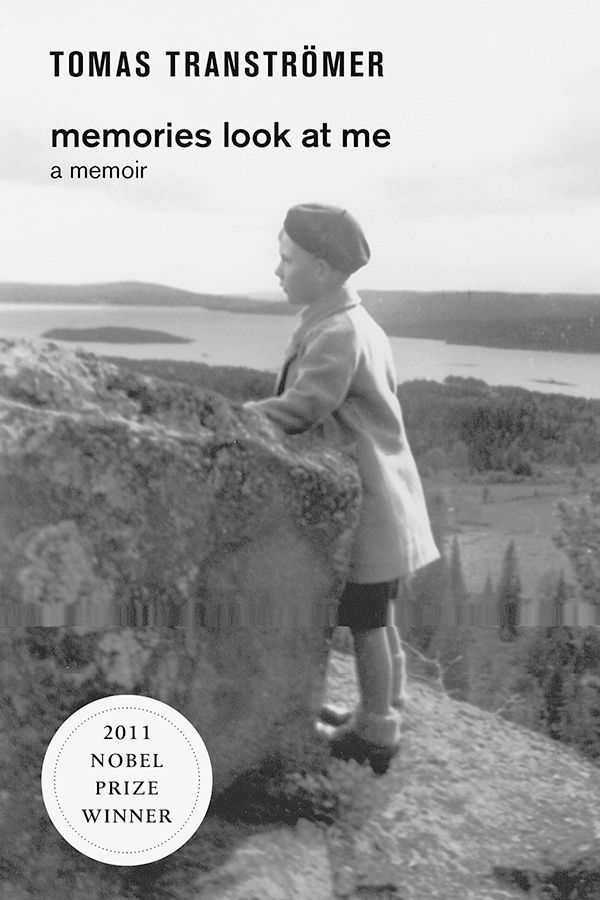
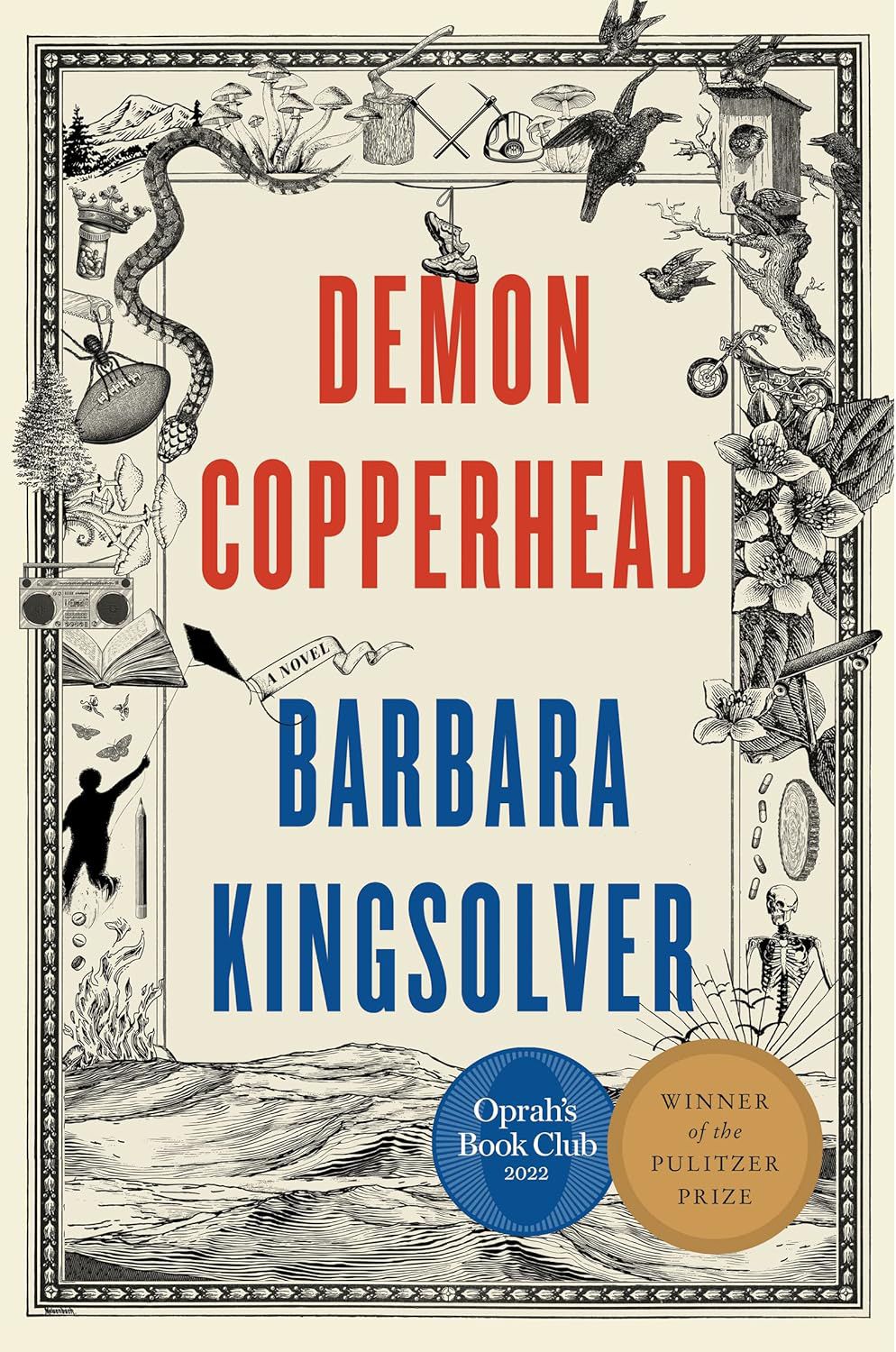


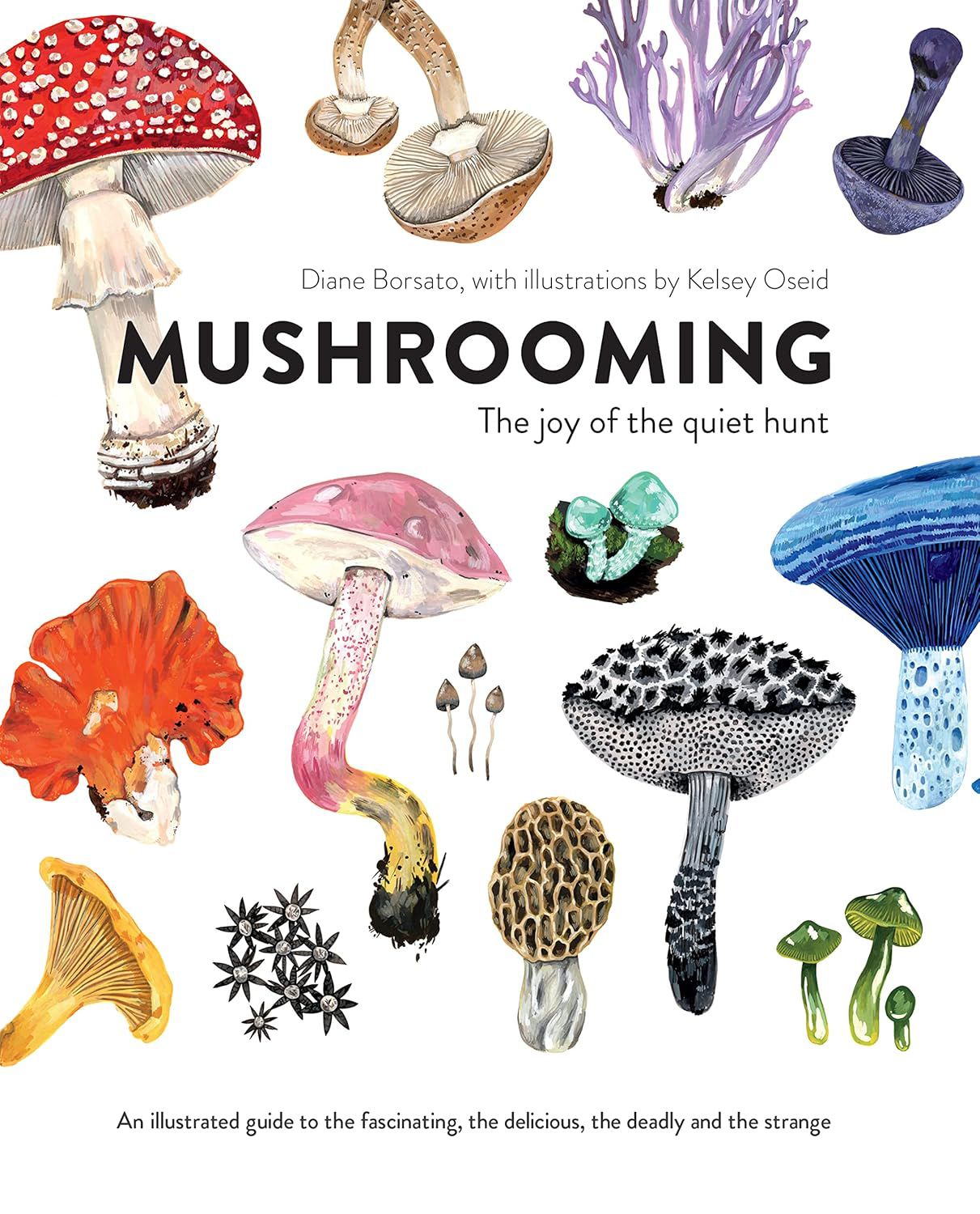

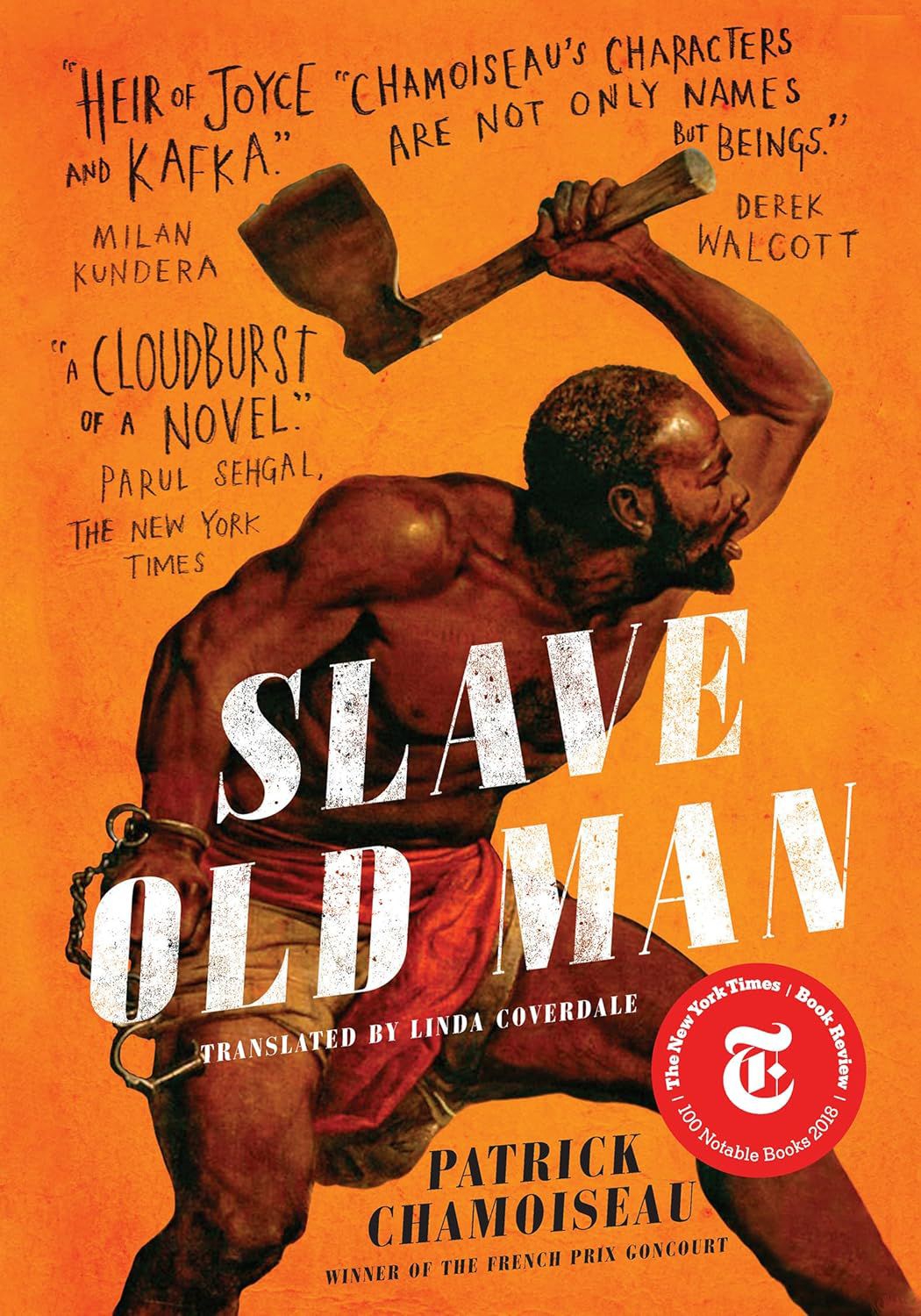
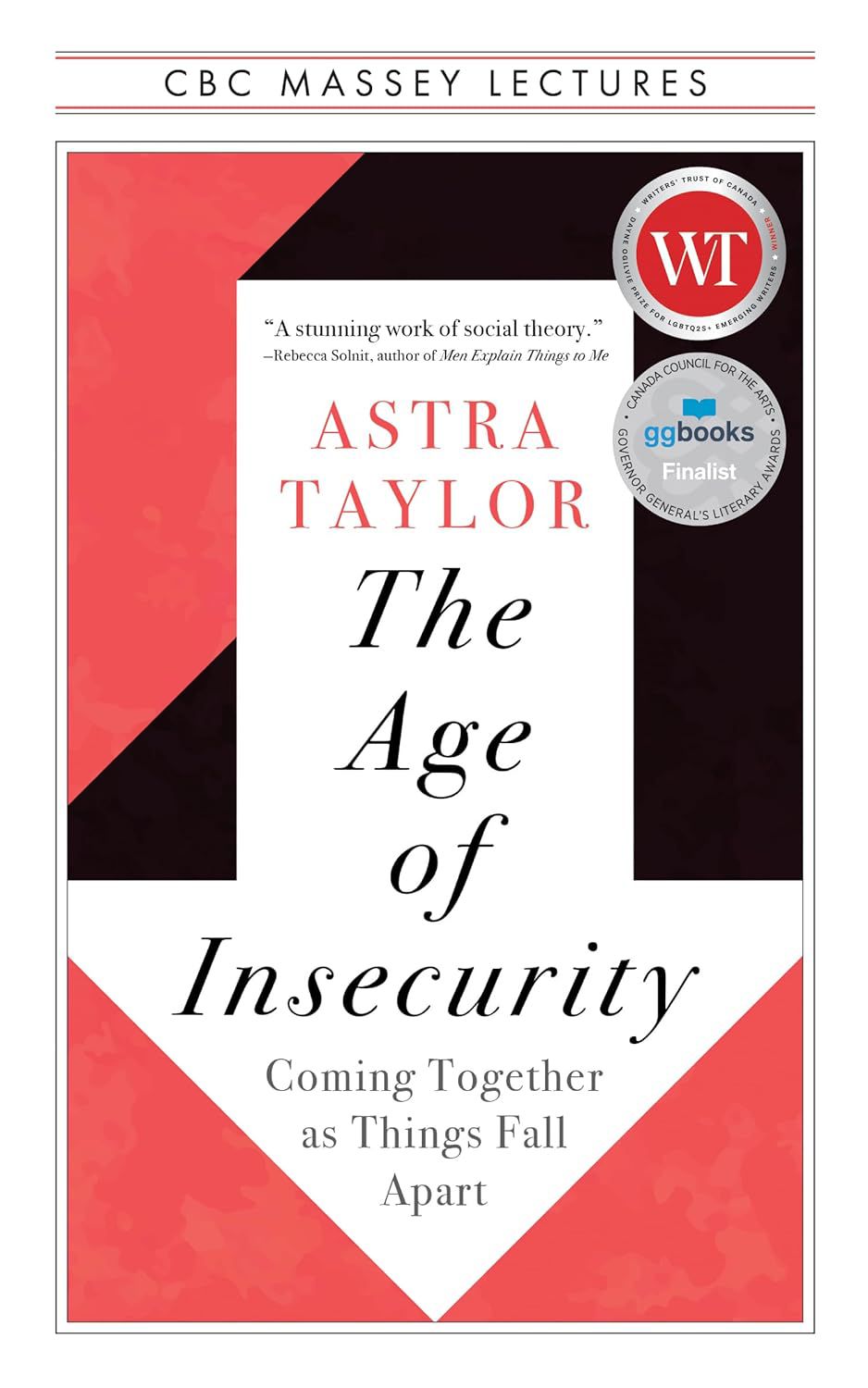

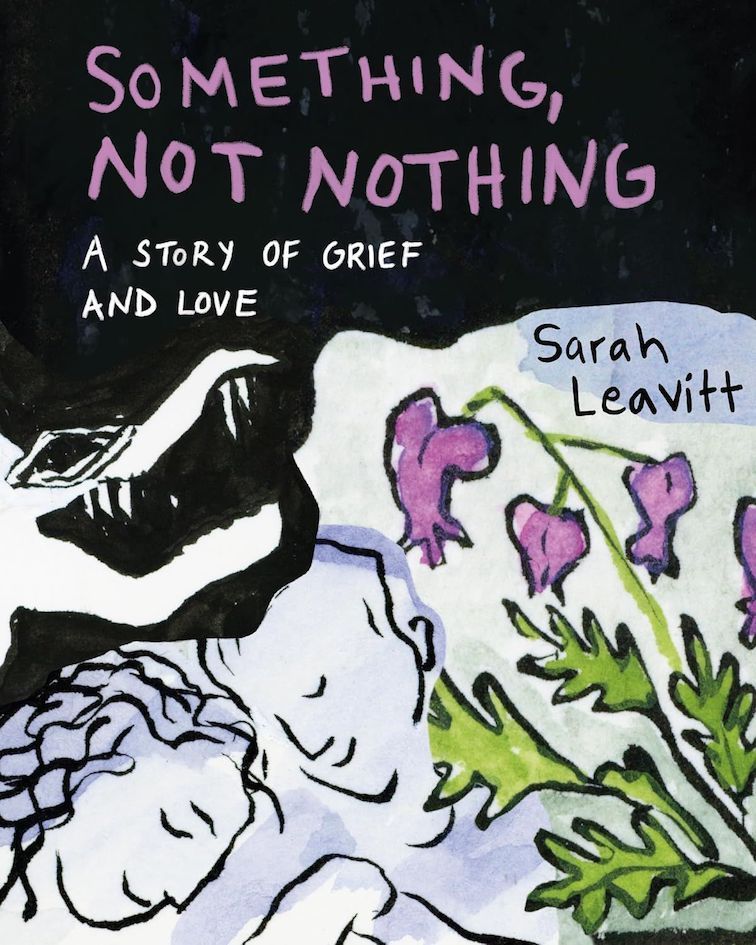
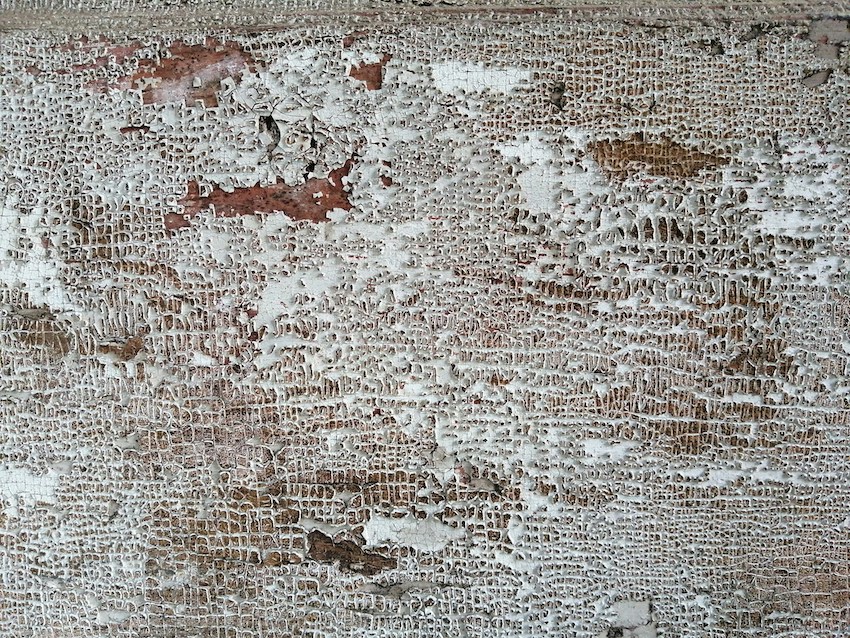



























.jpg)


.svg)



